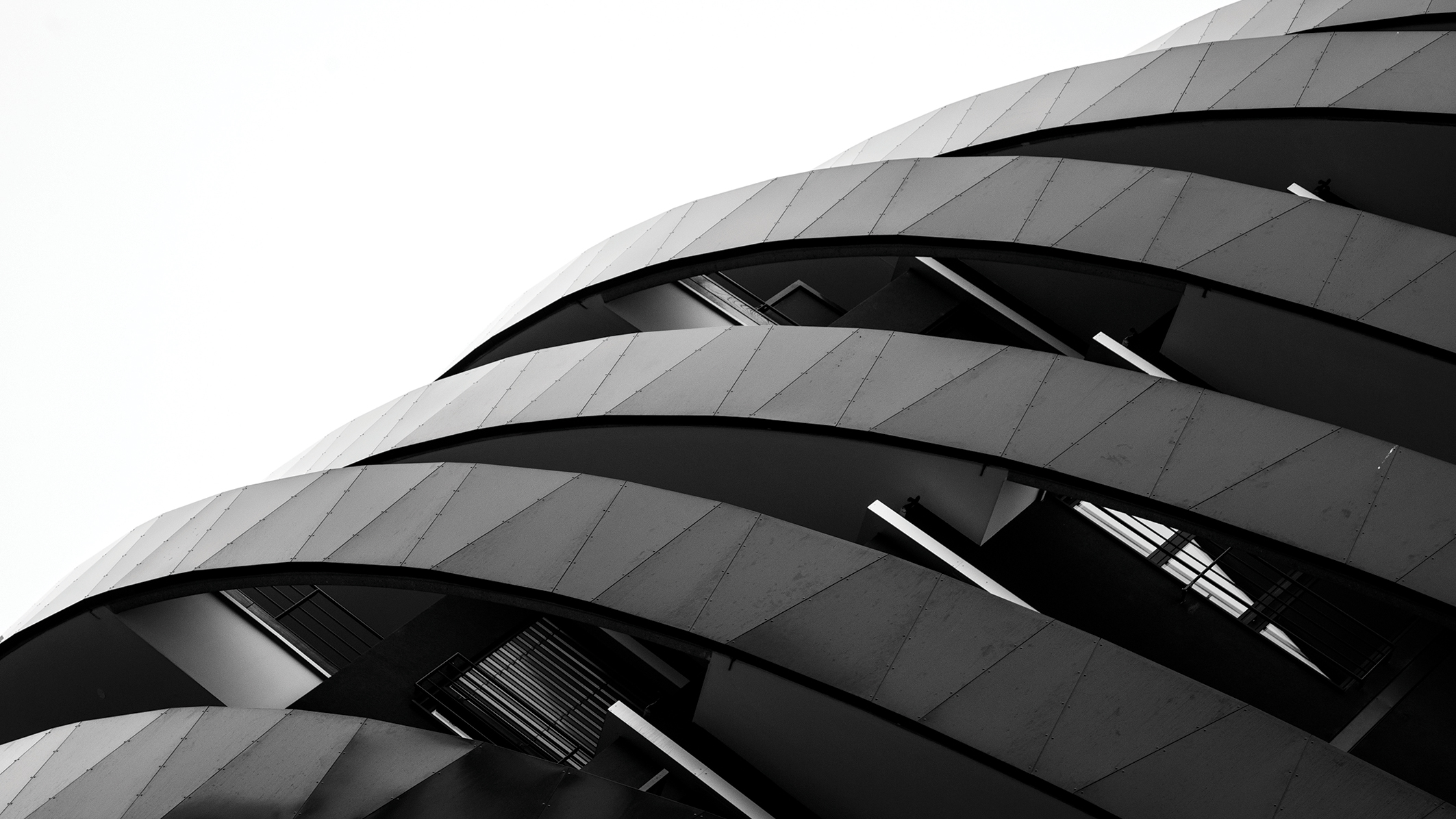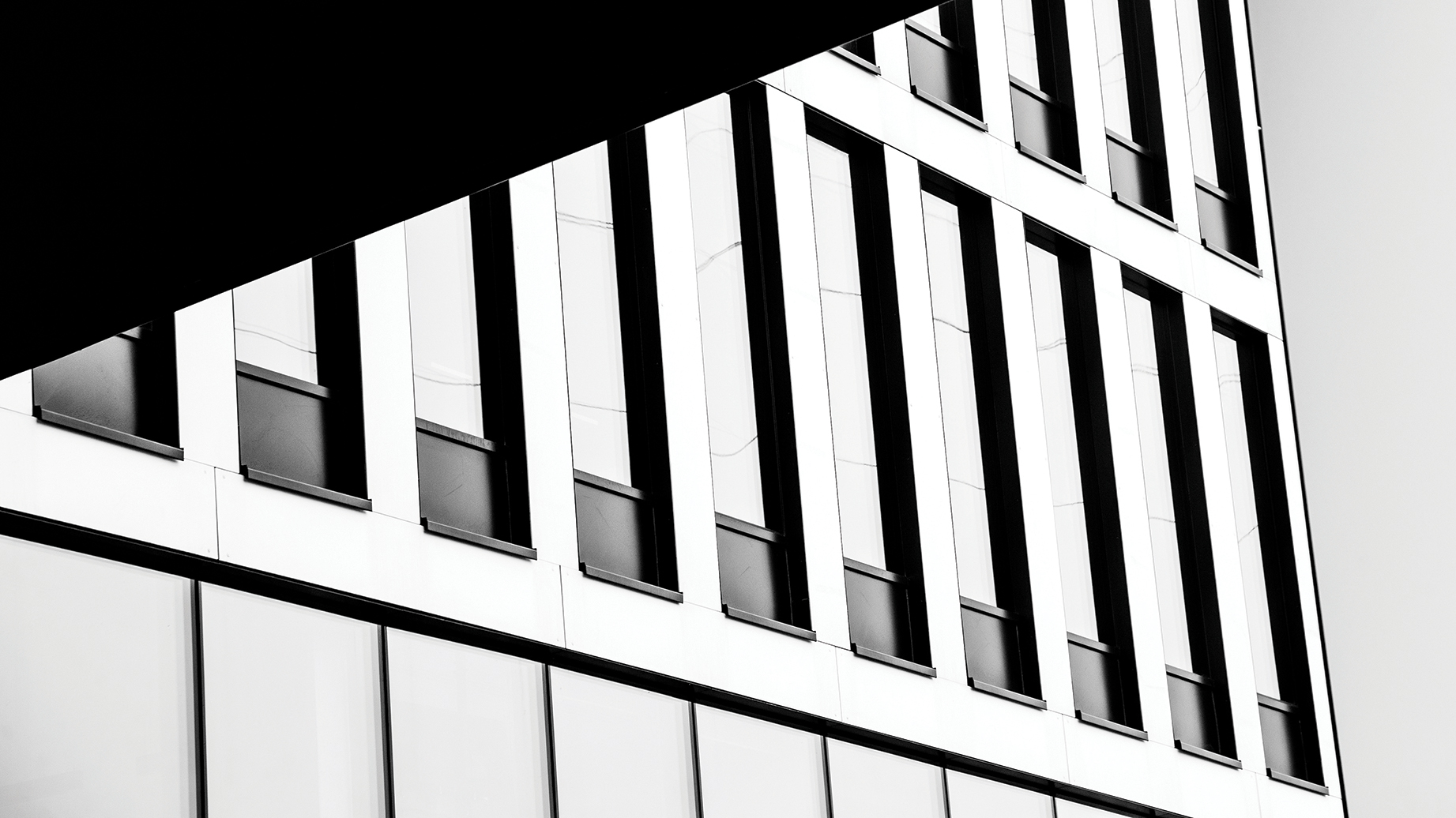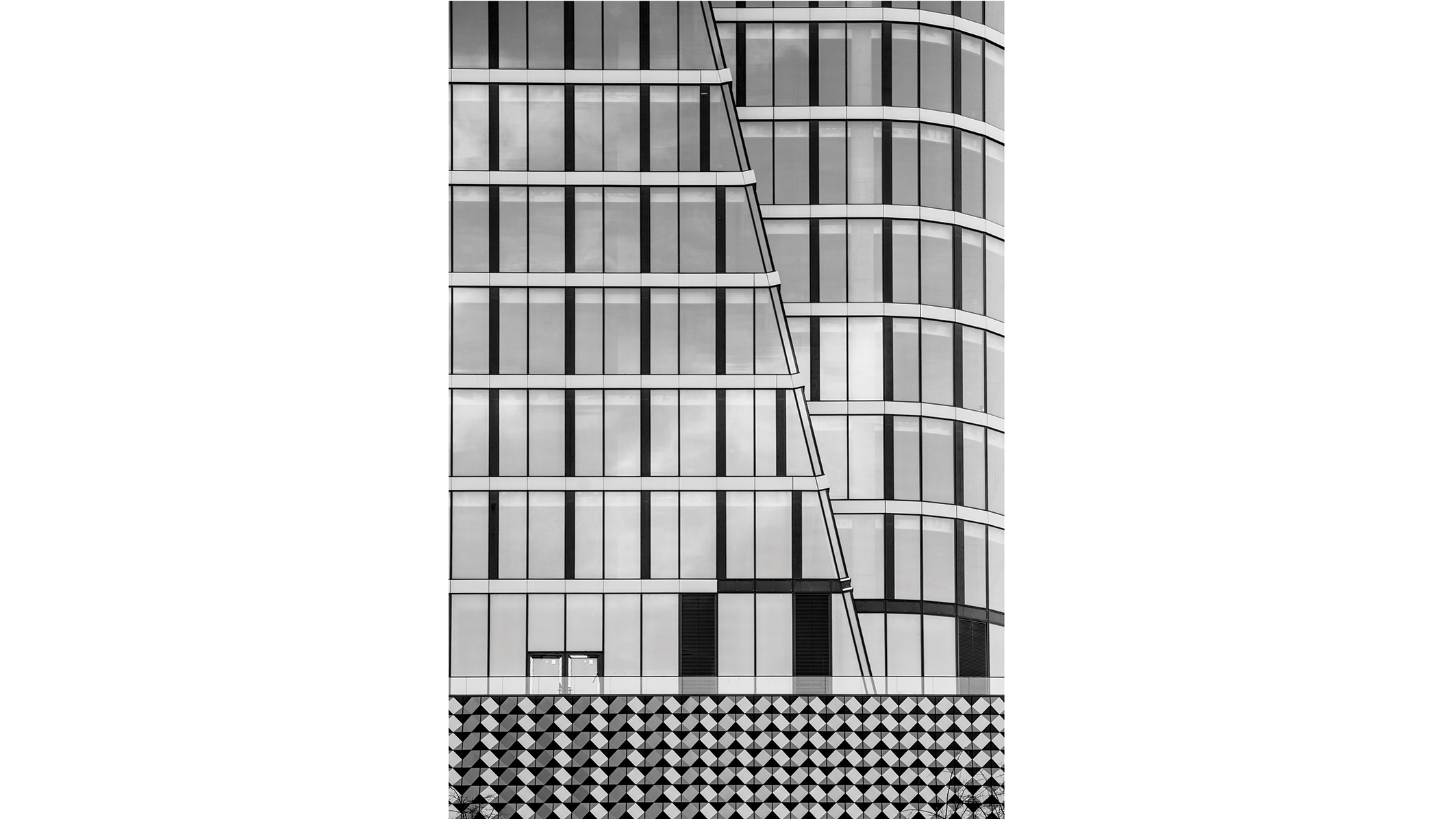I break this "rule" in my B&W architecture photography – and here's why
Jacek Durski's mono architecture photography follows a specific strategy – and he's not afraid to break this one rule

"Using monochrome in architecture photography is a common visual strategy that enables the viewer to focus on the form and structure of a building. Color can often be distracting, so removing it softens any unnecessary elements in the photograph.
"The reason why I love this photographic genre is that it never restricts me. In some of my photographs, the viewer knows exactly what they are looking at – it's an accurate representation of the building and its purpose – but making the photo visually appealing and intriguing is more significant to me.
"These photographs can be seen as a pure abstraction of the original architecture.
"Where I set my focus will depend on the building. Sometimes it's the whole structure and at others, it’s only a small detail, where I focus on a particular shape, the distribution of lights, or the surface texture. That's why some pictures are in high contrast, almost graphic-like, while others are more subtle.
"For me, it’s important to have control over the entire process and tonal range. Even when I used to shoot with an analog camera and film, I always developed the photos myself.
"That’s why I would always recommend aspiring photographers to shoot in RAW. This leaves you with more possibilities when editing the images later in post-processing."
Architecture photography: Break the rules
Break the rules

"Photographing architecture in difficult lighting situations, like under the harsh midday sun, comes with challenges but also offers plenty of creative opportunities.
"Some photographers believe that in a technically correct image, every element in the frame has to contain information, without highlights or shadows being clipped.
"But by breaking this 'rule', you can use the high contrast in your images to turn familiar scenes into something new, underlining structures and patterns in a dramatic yet dynamic way.
Architecture photography: Pro tips
1. Highlight different aspects
"Every single building has been photographed many times. Even the newest ones. So, if you don't want to replicate what has already been done, choose a detail, a fragment – preferably one that in some way reflects the entirety of that building."
2. Always think in greyscale
"Light and image elements affect the photo differently in black-and-white. For example, a blue sky with some clouds can look great in color, but in monochrome the clouds tend to draw attention to themselves and stand in contrast to the non-organic outline of the main element, which is the architecture."


Based in Katowice, Poland, photographer Jacek Durski focuses on long-term projects exploring sociological themes and architecture. He began photography as a teenager and later graduated from the Academy of Photography in Krakow. His works have received numerous commendations and have been displayed at photography festivals.
You might also like...
If you are into black and white photography, you might be interested in reading why I personally won't buy a mono camera, or check our guide on B&W color theory and discover how to think in black and white.
Get the Digital Camera World Newsletter
The best camera deals, reviews, product advice, and unmissable photography news, direct to your inbox!

Kim is the Staff Writer on Digital Camera World, and formerly Technique Editor at Digital Photographer, focusing on the art and science of photography. With a Master’s degree in Photography and Media, she is driven to educate through an analytical approach, visually and technically. With her guides and tutorials, Kim seeks to uncover new facets of this time-honoured medium and foster a deeper understanding of its profound role in culture. Kim highlights topics that resonate with modern society, including women in photography and critical issues such as environmental conservation. She also discusses and reviews camera gear, giving you an overview to find the best fit for your photography journey.
You must confirm your public display name before commenting
Please logout and then login again, you will then be prompted to enter your display name.
